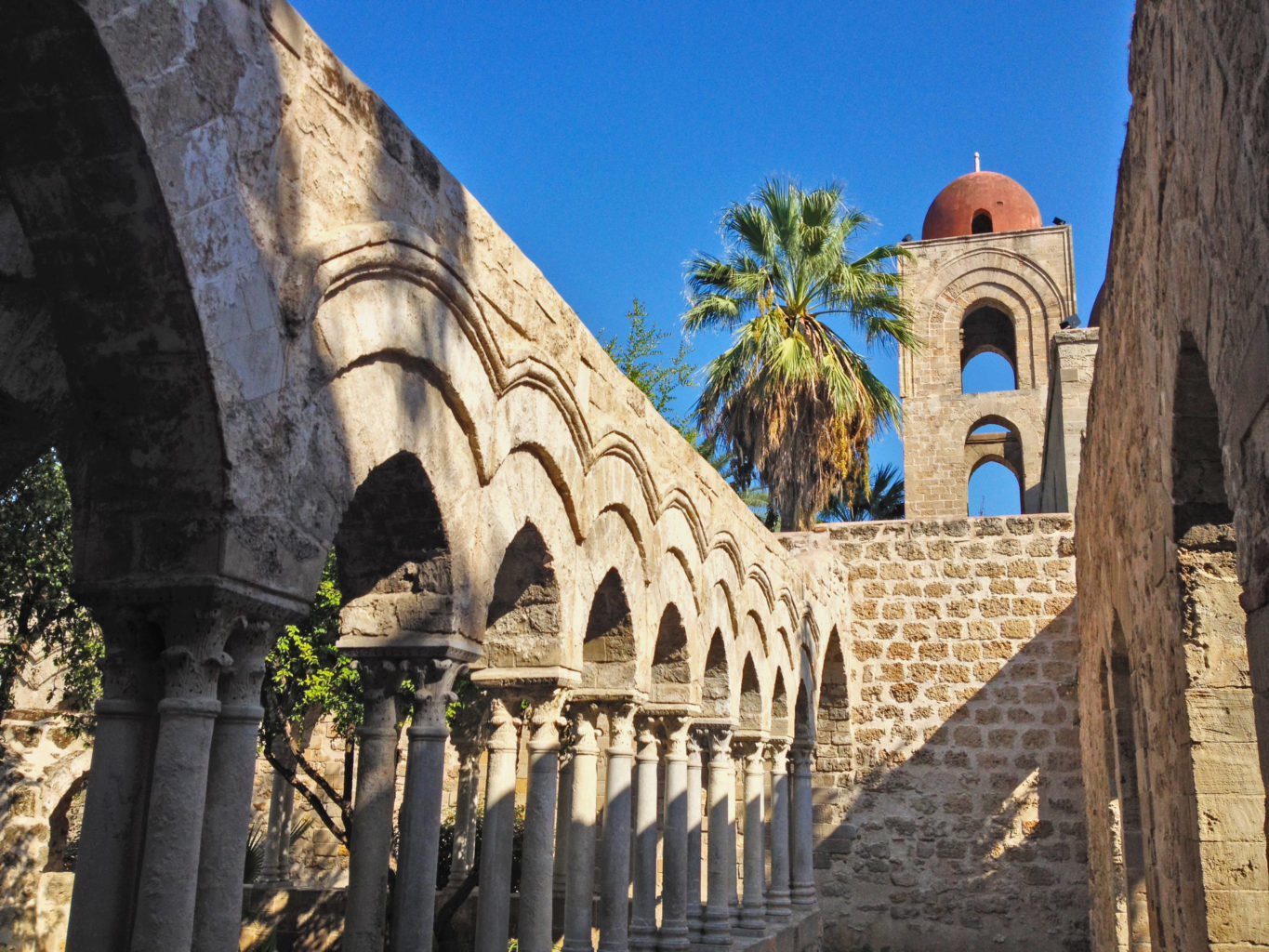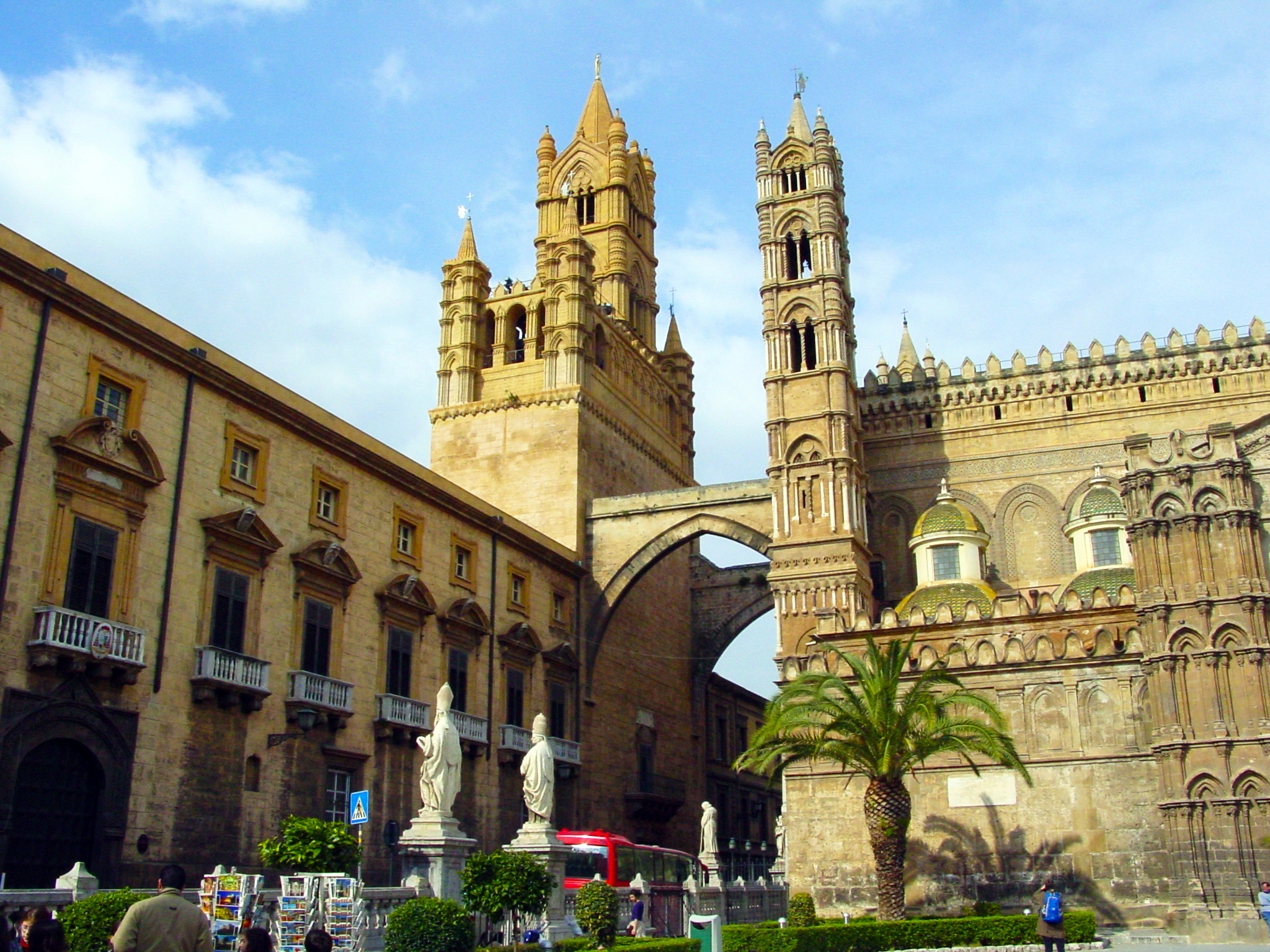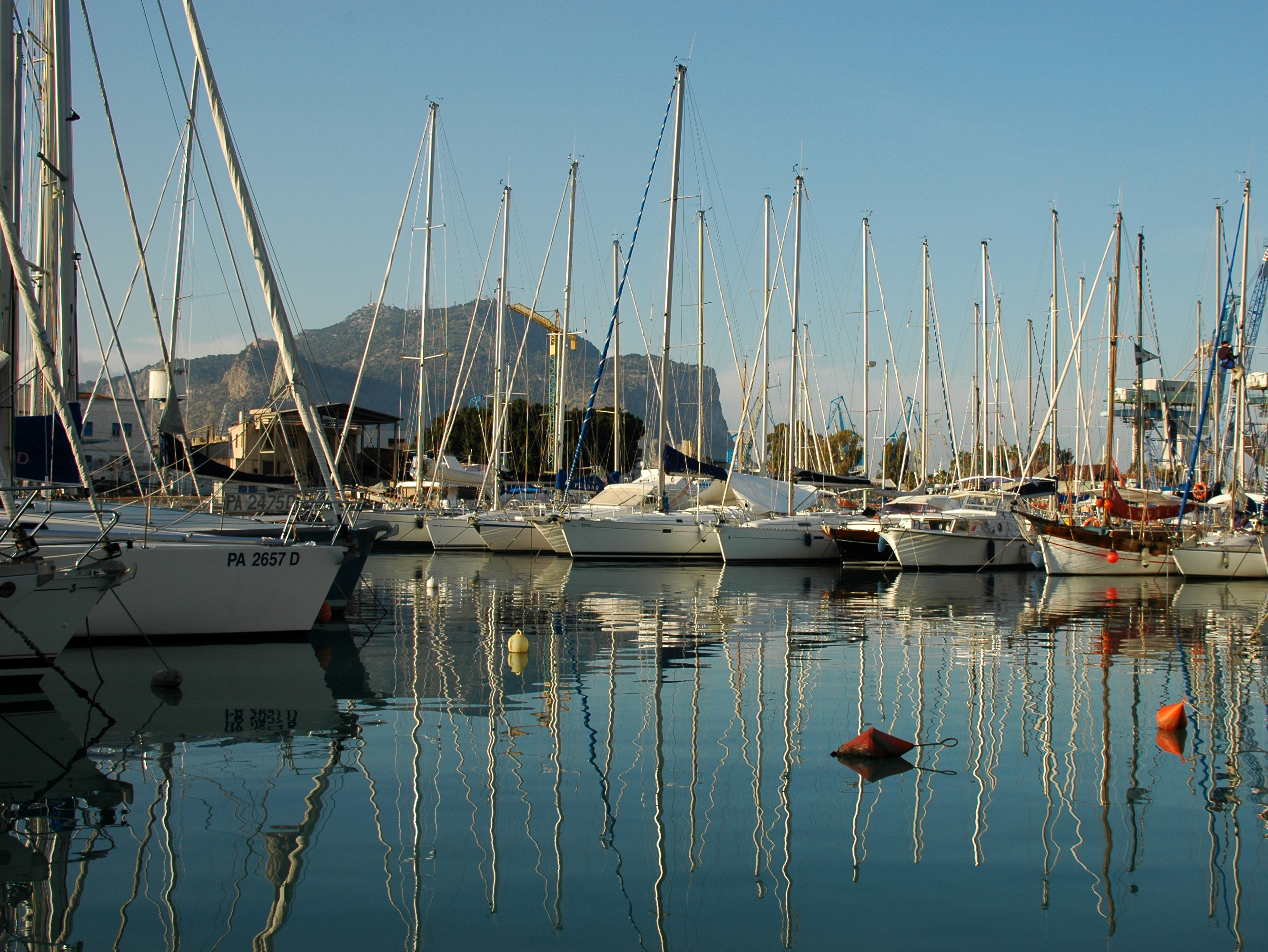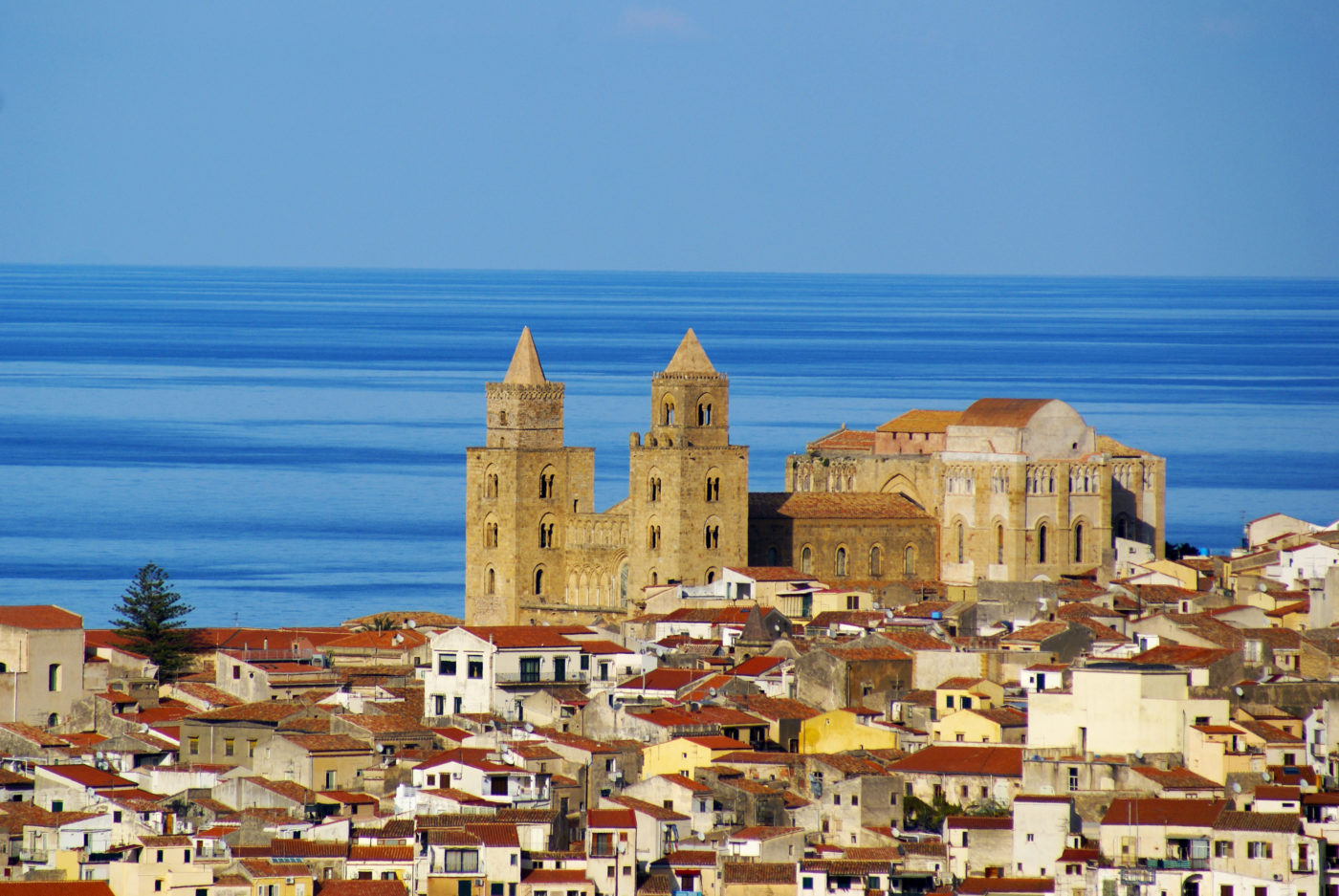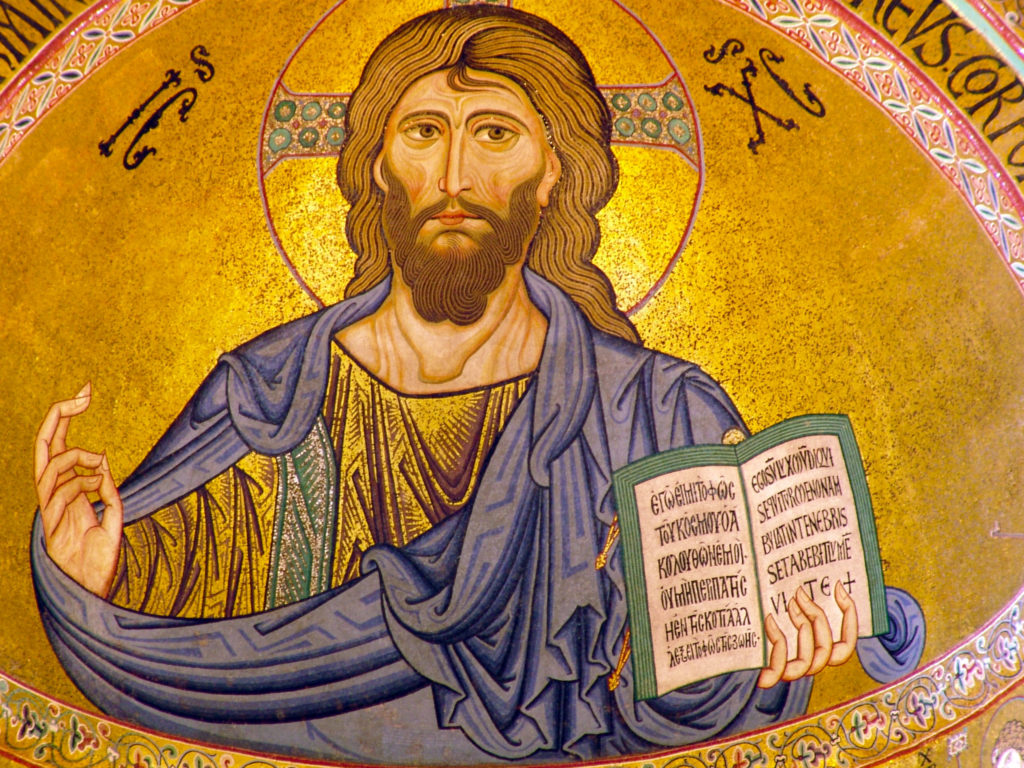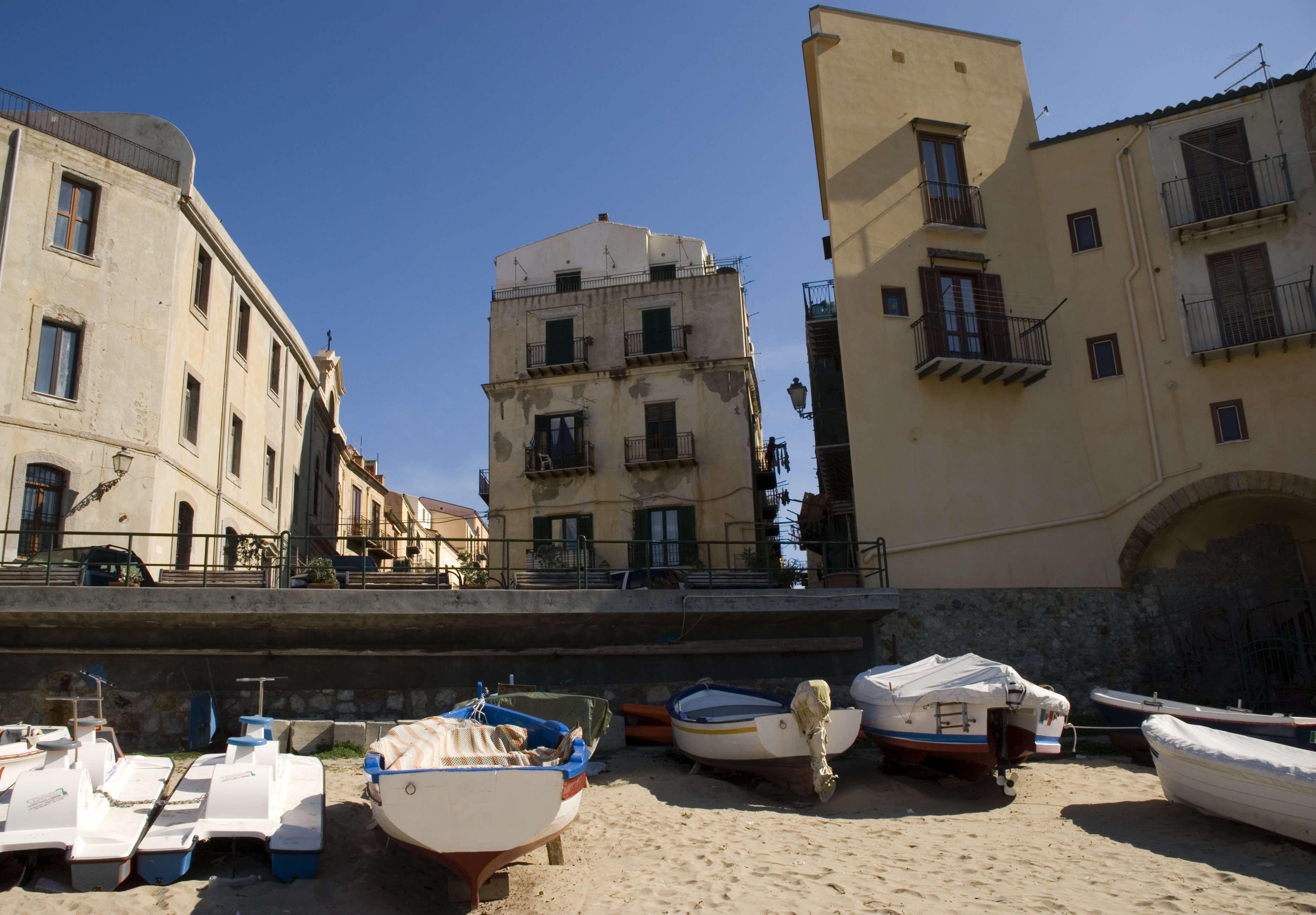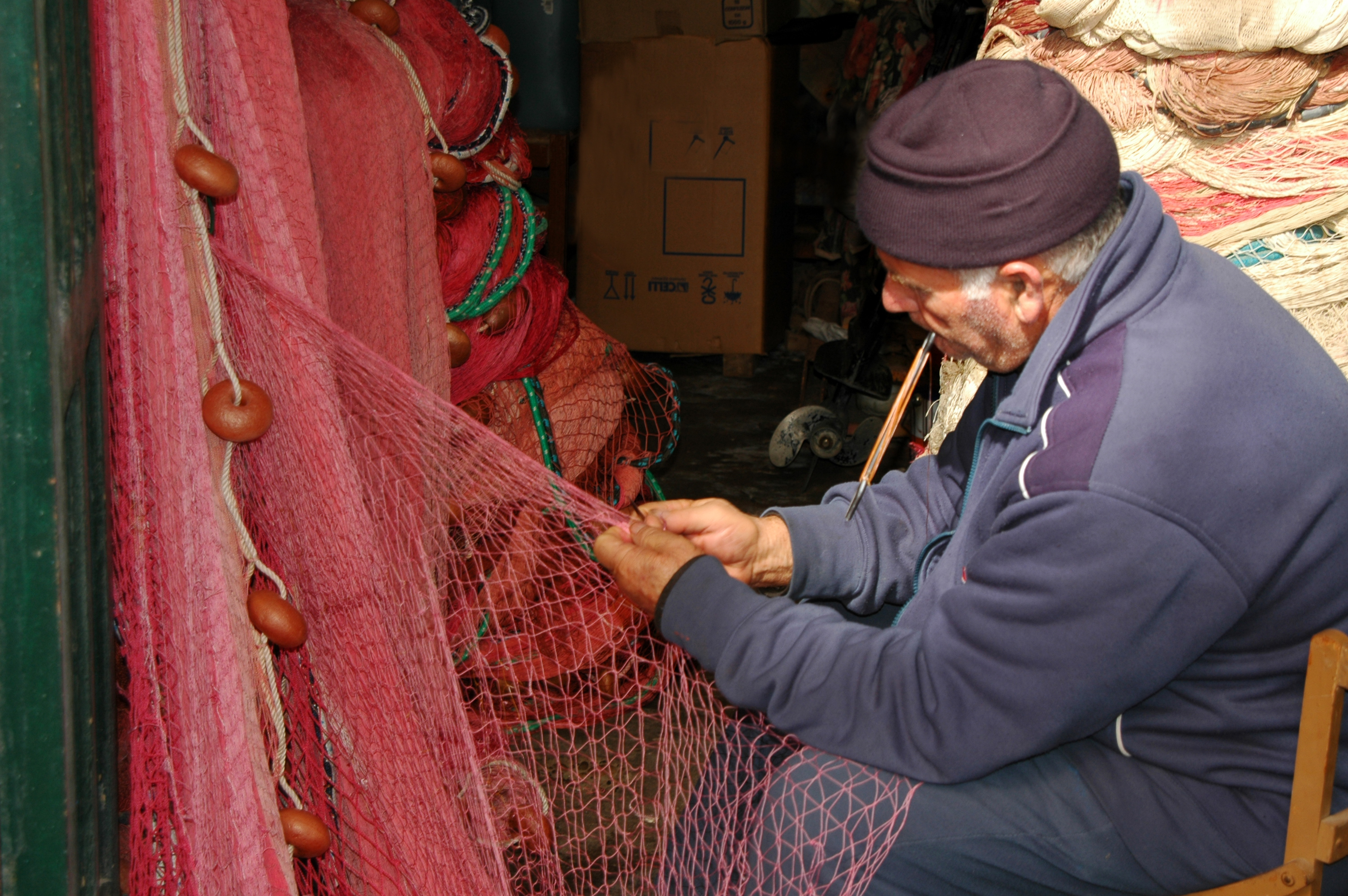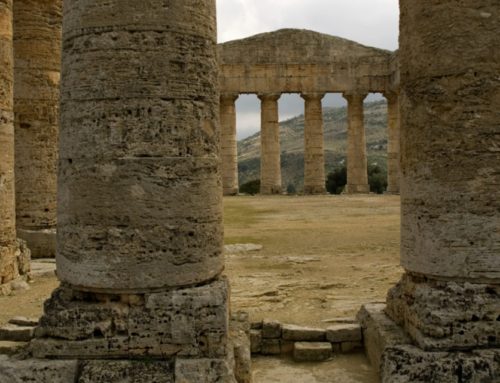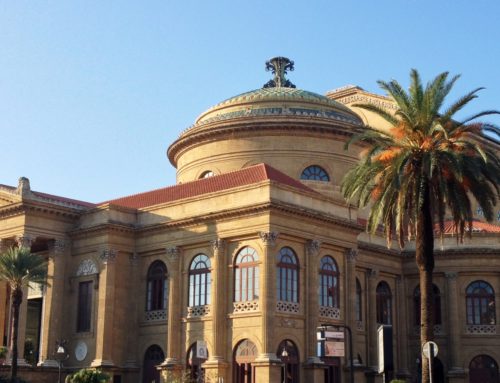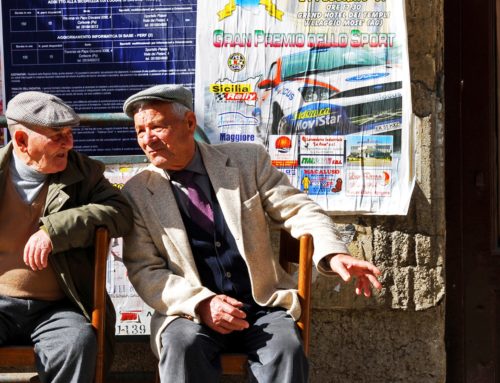Project Description
Palermo and Cefalù, a city and a fishing village discovered through its medieval heritages
From Palermo | Full Day
Palermo
Our tour starts with the visit of Palermo cathedral which hosts the graves of some of the most important queens and kings of Sicily, including the Swebian King “stupor mundi” Frederick II.
The exterior is a perfect fusion of Islamic influence applied to the Norman architecture.
A short walk will take us to the Royal Palace and its astonishing Palatine Chapel, an incredible hidden gem with gold mosaic commissioned by the Norman King Roger II, in 1132.
Cefalù
After free time for lunch to spend either in Palermo or in Cefalù, we will visit the lovely medieval fishing village of Cefalù. The town lies underneath a big rock that lent its name to the town itself.
Here, built on the upper side of a beautiful little square, another magnificent cathedral dominates the whole town. From the square, many cobble stone streets and alleys branch off descending towards the sea and the lowest sides of the rock.
Walking through the small streets, we will come across hidden treasures of the past, like the Arab medieval wash house, and a seafront door gate leading to the sandy beach: perfect spot for a photo.
Not far away, a small museum hosts a great coin collection, 1700 hundred furniture and paintings, and a famous ancient vase showing a tuna fish seller that is one of the first art pieces marking the evolution from the Greek models to the development of Sicilian art.
The most important work in the museum is the “Portrait of an unknown man”, painted by Antonello da Messina, considered as the Rafael of Sicily.
Palermo
The history and artistic background of Palermo runs across the whole history of the island and the civilizations of the Mediterranean sea.
The town was founded almost 3000 years ago thanks to the Phoenician with the name of Ziz (flower), then called Panormus by the Romans, while the Arabs called it later on Balarm.
Today Palermo is a magic box full of uncountable art treasures which mixes punic city walls, castles, Arab-Norman churches and residences, baroque churches, neoclassical theatres and Liberty villas.
Encompassed between the sea, the mountains and the fertile back countryside, Palermo is the capital city of the island and summary of any cultural and artistic experience in Southern Italy.
Even though the city appears a bit chaotic and in decadence, this aspects can become a good point for visiting to the eye of a curious traveller especially during the encounter of the people, the fine culinary traditions or the street food which involves all your five senses as you walk along the noisy and vibrant narrow streets of the arab markets of Ballarò and Capo.
The ancient town developes in an area flanked by two rivers (Papireto and Kemonia) and stretching from a high hill (Cassaro from the arab word Qasr, the castle) gently towards the waterfront.
Here Byzantine, Arabs and Normans have left evidence of streets, palaces and especially churches that make Palermo really unique thanks to its blend of styles from Byzantine to Islamic and Normans with no equals in the world.
Arabs, Christians and Jews lived in perfect armony and made Palermo one of the richest cities in the middle age.
The Arab heritage is short (250 years roughly), but one of the most important for the consistent influences that will leave in the art, cuisine, language, architecture even in the following dominators that will be always fascinated and culturally submitted by them.
This is the age of extraordinary Arab-Norman churches and monuments which are built: the duomo of Monreale, the palace of Normans and the Palatine chapel, the cathedral of Palermo, the Martorana and San Cataldo and the castle of Zisa.
In thirteen hundred the Spanish influences bring along the gothic Catalan architecture and as evidence of it today we have palazzo Abatellis, Ajutamicristo and Santa Maria della Catena.
Renaissance in fifteen hundred shows the talent of remarkable artists like Laurana and the Gagini family (Antonello, Domenico e Vincenzo) who leave to the town great sculptures.
In sixteen hundred baroque art developes in Palermo; great and unparalleled artistic vitality spreads out encouraged by the countereformation, the numerous religious congregations and by the huge available richness and money generously provided by the Sicilian noble family who live here and need to show off.
Churches are richly decorated with mix marbles which show beautiful colourful marble inlaid;
Giacomo Serpotta elevates to supreme the level of elegance and perfection thanks to the decorations with stucco designed in the new style of Rococo’.
During this long three century time frame the city center is embellished and enriched with marvellous churches like Casa Professa, San Giuseppe dei Teatini, Santa Caterina and above all the oratories of San Lorenzo and Santa Cita.
In eighteen hundred social habits change in town. Nobility starts to fall in decay and new dynamic social classes as well as new town plan layout express the need of the new artistic experiences normally out of the center of the action in the city center well shown through decorations, furniture and structures of the Liberty villas and its rod iron or flower decorations in stone.
Across the century, Palermo is provided with neoclassical style theatres and opera houses, great representation places for the new fashions and inspirations thanks to Ernesto Basile and its Teatro Massimo which pairs to other operas of the time like the Politeama opera house.
The war conflicts bring economic decadence anywhere and material devastation of entire blocks.
In the eighties Palermo gets benefits from an economic rebirth whose architectural and aesthetic results are quite discussable, while in the last twenty years the city got back a large number of visitors and the deserved consideration despite neglected for a very long time because of negative sterotypes still today hard to eliminate.
Cefalù
Cefalù is a medieval fishing village that overlooks the coast of the Tyrrhenian Sea about an hour from Palermo. The city is dominated by a castle that originated the name Cefalù that would result from Kefalos Greek word that means brain or head to indicate the imposing medieval rock over the town; here they lie well preserved the ruin of a Greek temple dedicated to the goddess Diana and the fortifications of a Arab castle. The city has a network of very narrow medieval streets and the main square slopes gently towards the sea and one of its gates giving access to the sea, the “porta Pescara”. This overlooks a secluded sandy cove surrounded by rocky cliffs overlooked by small houses, shops and restaurants.
Not far away there is the medieval washhouse of Arab origin, which uses the water of a stream that women used to wash clothes until the fifties. The town has an atmosphere that literally invites you to get lost in its narrow streets and maybe admire its fourteenth-century architecture, watch the fishermen cleaning the nets, its dozens of views and especially the extraordinary cathedral which stands majestically at the highest point of the city.
The church was built during the reign of the Norman King Roger II in 1131 as a result of a vow made to the Madonna if she had saved Roger’s and the lives of the sailors and the fleet during a storm off the coast of Cefalu.
The cathedral was built with two mighty towers, three naves and with the project of decorating all the mosaic walls. For reasons still not clear, only the apse was covered with gold mosaics and among the most beautiful stand out figures of saints, patriarchs, Archangels dominated by the figure of Christ blessing or Pantochrator.
The city and the whole area are very popular for the production of ceramics and the opportunities they offer for bathing and good seafood at the local beach restaurants.
- Private Sedan car or Mercedes Viano up to seven seats
- Private driver speaking your language
- Fuel, motorway toll and parking fee
- Half day service with private driver and car UP TO 4 HOURS
- Full day service with private car and driver UP TO 8 HOURS
- Water bottle onboard
- Visits, stops and panoramic driving tours described on the itinerary
NOT INCLUDED:
- Archeological sites, monuments and churches entrance fees
- Local products and wine tasting or culinary experiences unless included
- Driver and local guides gratuities (we suggest 10% if services meets or exceeds your expectations)
- Local Sicilian regional licensed guide
- Meals, wine tasting or culinary experiences if not already included in the itinerary
- Yachts, helicopter or private plane rental linked to our ground transportation service
–
or send us a message requesting information, our team will respond as soon as possible.

